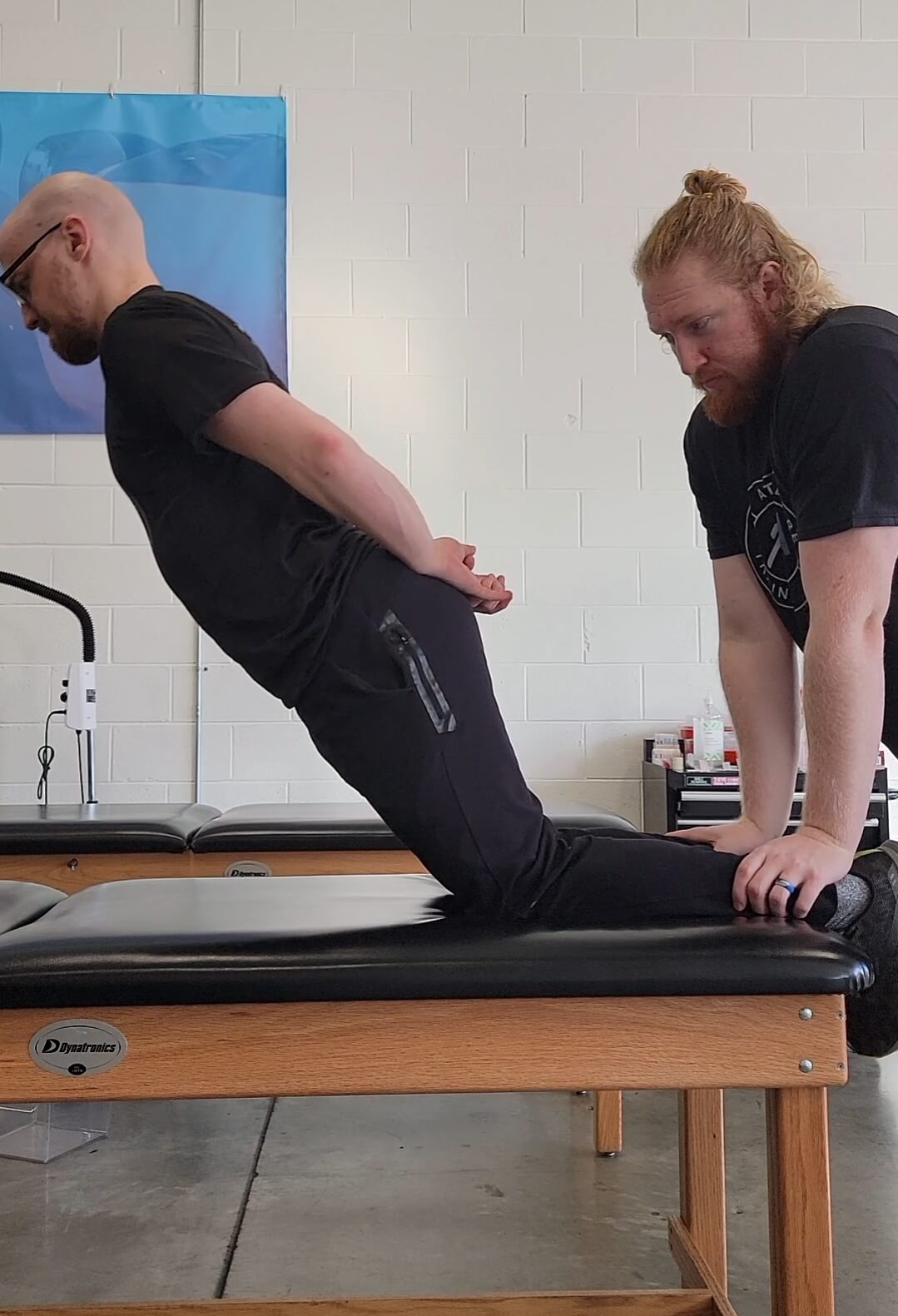Hamstring Strain
Did you know a hamstring strain is one of the most common injuries? At Athlecare we try to teach all of our members how to prevent hamstring strains because it will take you away from your sport for a long time if you get a strain.
What is a strain?
A strain is always a muscle tear. There are three grades of muscle strains.
Grade 1: A slight tear
This grade usually just feels like a sore muscle. It’s almost like you overstretched the muscle. You’ll still have full function of the muscle but it’ll be uncomfortable to use.
Grade 2: A partial tear
This will hurt and you will lose function of the muscle. Grade 2 is an obvious tear that will take time to heal.
Grade 3: Full tear
This is when the muscle completely tears. You will lose full function of the muscle and surgery is often required.
How to heal a hamstring strain
Early stages:
How you heal a hamstring strain depends on what grade of strain you have. If you are unsure on how severe your injury is then I recommend booking a free injury evaluation. If you believe you have a grade 3 muscle strain then I recommend setting an appointment with an orthopedic surgeon.
Below I’ll explain the basic steps towards treating a grade 2 muscle strain. I highly recommend getting a medical professional to help you on your journey, but this will be a good start.
Start with POLICE principle (You will see this a lot with every injury. It is the best initial protocol.
Protection – Don’t do anything that’ll make you hamstring strain worse, including stretching. With that said, continue to move your hamstring. Becoming stagnant will cause you to lose ROM which will increase healing time.
Optimal Loading – Figure out how much can do without making you hamstring strain worse. We want to continue using the hamstring without causing more injury. At this point don’t push too hard too fast.
Ice – If you recently hurt your hamstring you an use ice to prevent soreness and swelling. Once swelling has occurred ice will not get rid of it. You can ice for 30 minutes on the skin if the ice is at 32 degrees Fahrenheit. Most gel packs get colder that 32 degrees. If you are using a gel ice pack make sure to use a cloth between the skin and the ice pack and reduce the time to 20-25 minutes.
Compression – You can get compression on the hamstring strain with a compression sleeve or an ace wrap bandage. We usually recommend wearing it at night when you are not moving around a lot while you sleep.
Elevation – Not really applicable for the hamstring. It is difficult to elevate, but you can try elevating your hamstring with pillows while laying on your back.
Later Stages:
Once pain has subsided and you have normal range motion then you are ready to progress you rehabilitation. From here your goals are:
1. Regain strength
2. Regain mobility
3. Regain functionality
4. Proprioception
There can be a lot of different ways to approach these goals. We recommend meeting with Tommy our coach to guide you through these steps.






Recent Comments